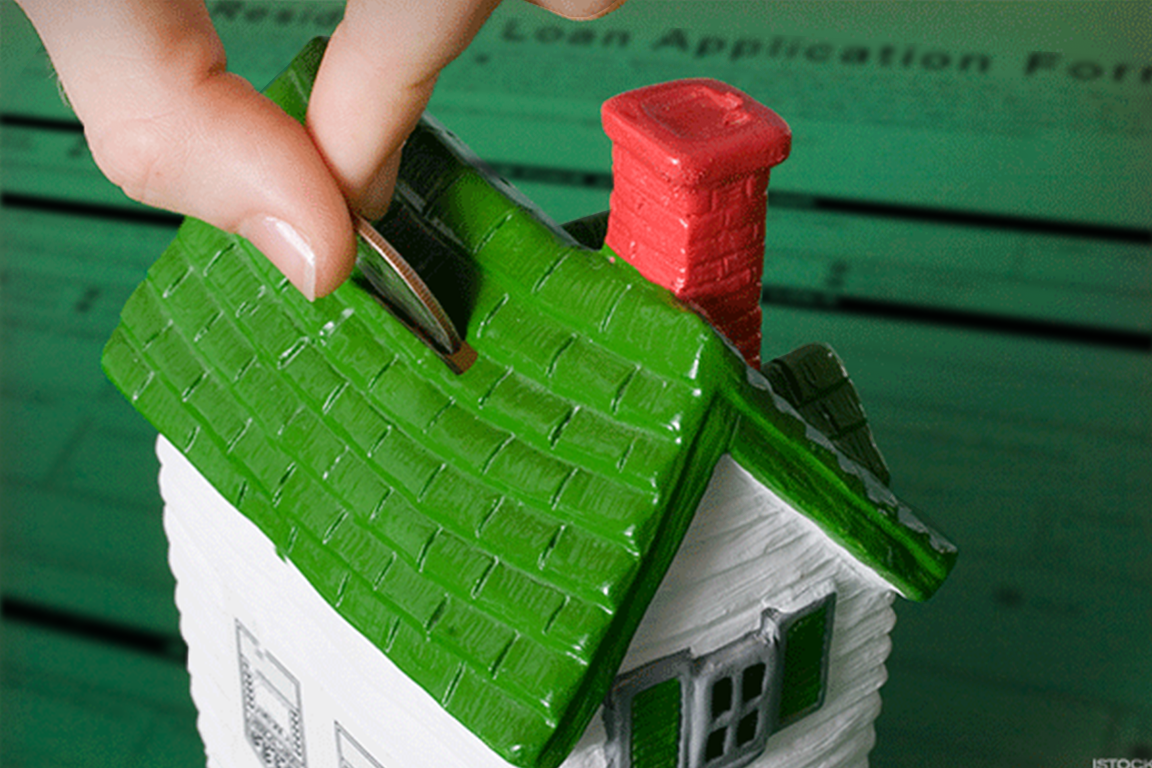Being rejected for a home loan isn’t the end of the deal. There are steps you can take to turn the tide and get that dream home you desire.
How many Americans are rejected for a mortgage loan on an annual basis?
Data are scarce on the topic, but a Federal Reserve study shows that one in eight Americans were turned down for a mortgage in 2015 — and bad credit was at the top of the list of reasons lenders used to reject mortgage applicants.
(For the record, the Federal Reserve study pointed out that a weak debt-to-income ratio — i.e., the amount of money you borrow against the amount of money you make — was a top credit-based reason for mortgage rejections.)
If you’ve been turned down on a mortgage loan due to bad credit, get a grip and fight back.
Sure, the bad news is that your loan application was given the thumbs down, and that’s going to sting on multiple levels. But there’s good news for the hale and hardy mortgage applicant who refuses to quit: You can get on track to land that mortgage — and sooner than you might think.
Get that job done by taking these steps:
Find out why the loan was rejected — First, you’ll want to know the reason your loan was turned down, says Tendayi Kapfidze, chief economist at Lending Tree. “The lender will tell you why the application was declined, so you’ll want to make sure they have accurate information,” he says. “The first thing to do is review your credit report for any errors. If there are any errors, try to get these corrected or provide proof of why there is an error.”
Play some “what if” scenarios — Use one of the free credit monitoring sites that allow you to see “what if” scenarios, advises Michael Foguth, founder of Foguth Financial Group in Brighton, Mich. “For example, if you have a high loan-to-credit ratio, what would it look like if you got that number down significantly,” says Foguth. In taking the “what if” approach, a mortgage applicant could see how many points his or her credit score would increase — and that’s both an emotional driver and a powerful exercise, he adds.
Reduce that “loan to credit” ratio — Next, take direct aim on paying down your loan-to-credit ratio, Foguth notes. “This would probably be one of the fastest things to do to improve your score,” he says. Aim for below 40% loan to credit ratio. For example, if your credit limit is $1,000, don’t have more than a $400 balance. “Other items, such as negative marks, only fall off after time,” Foguth adds. “Dispute them if they are inaccurate, but it will still take time for the inaccuracies to be removed.”
Shop around for a new lender — Different lenders have different policies and target different profiles of borrowers, notes Kapfidze. “There may be a lender out there willing to work with the borrower,” he says. “There are also specialized mortgage programs for borrowers with impaired credit, many of which include counseling to prepare the borrower for homeownership.”
Above all, make sure you’re ready before you apply for a new mortgage, both emotionally and financially. “I regularly see people apply for a loan when they’re not prepared,” says Jeff McGrath, a mortgage loan originator at Crown Mortgage Company, in Oak Lawn, Il., that specializes in approving loans rejected elsewhere. Often this starts when the loan officer “over promises,” McGrath says. “Loan officers do so because nobody wants to hear that they are not in a position to get approved (and buy a home) today.”
McGrath says it’s “very common” in his industry that loan officers often tell clients exactly what the client wants to hear. “Instead they should offer helpful advice on how a (potential) borrower can get themselves “ready” to apply for a mortgage,” he says.
The takeaway? Ignore the noise from pumped-up loan officers, work with a trusted financial professional, and make sure to gather the documentation needed that alleviates and addresses the loan underwriters’ concerns.
“Working with a professional, structure the loan differently, such as changing the program from a conventional loan to a Federal Housing Administration or getting more money down — or doing what is needed to reduce the risk profile of the loan,” says McGrath.
Do all that and the odds are good — very good — that your next mortgage application will be a green light, with the added knowledge that comes with being a savvier personal finance consumer as icing on the cake.
Original article found at: https://www.thestreet.com/story/14451141/1/how-to-get-back-on-track-after-being-rejected-for-a-mortgage-loan.html

